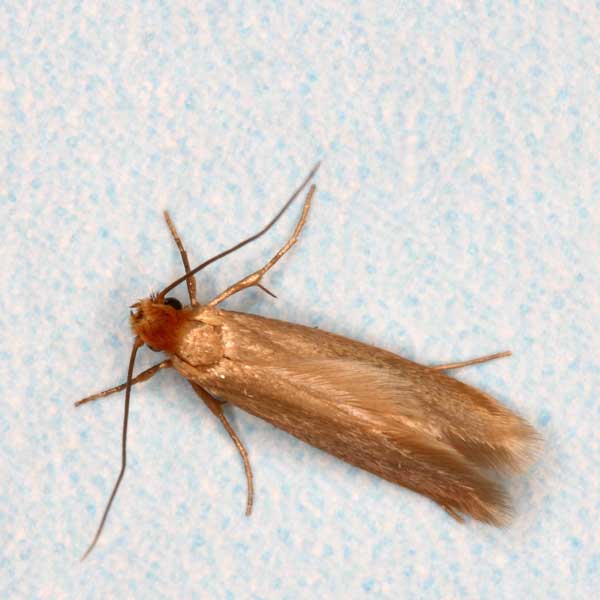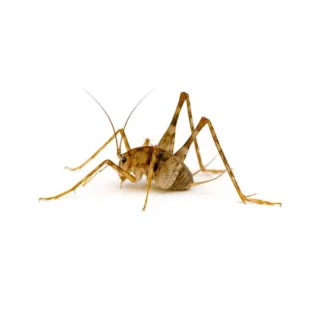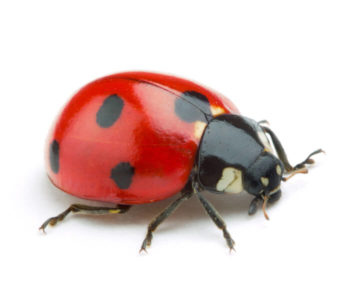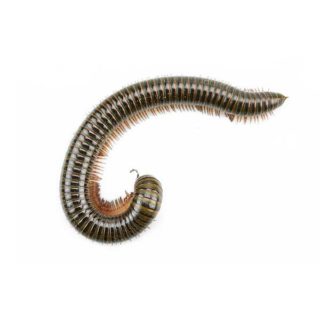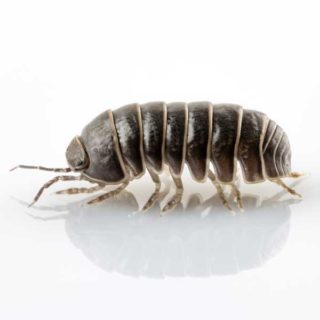Clothes Moths in Central Arkansas
Fabric-eating insects, clothes moths possess the ability to digest keratin, the resilient protein abundant in animal hide, hair, feathers, and horns. They are found worldwide, although they are more common in temperate regions. In North America, two separate species of clothes moths are prevalent the webbing clothes moth and the casemaking clothes moth. The larval period represents the peak of damage, as both varieties exclusively subsist on animal-derived fibers, favoring materials such as wool, fur, silk, feathers, felt, and leather. Undetected infestations of clothes moths have the potential to escalate within households, leading to irreparable harm to clothing and ornamental items.
Clothes Moth Habitat
Clothes moths, unlike certain other moth species, are rarely encountered owing to their preference for darkness. They seek out dim, undisturbed areas like closets, basements, and attics. Inside homes, clothes moth larvae are commonly found on woolen garments, carpets, upholstered furniture, and remnants of old wool rugs in attics. Moth infestations are often facilitated by the presence of lint from wool rugs and pet hair accumulating behind baseboards and in floor cracks. A favored spot for egg-laying is the carpet beneath the rear legs of a couch, a location seldom cleaned by vacuuming. Although adult moths do not feed on fabric, their presence signals imminent egg-laying, leading to the emergence of fabric-consuming larvae.
Clothes Moth Behaviors, Threats, or Dangers
Clothes moths commonly target and damage a variety of items, including sweaters, scarves, coats, blankets, rugs, down pillows and comforters, upholstery, toys, decorative items, and taxidermy mounts. Their larvae prefer to feed in dim, undisturbed areas like closets, chests, and boxes where woolens and furs are stored for extended periods. Garments and blankets in regular use are rarely infested, nor are rugs subjected to normal foot traffic or regular vacuuming. Areas along the edges and undersides of rugs, as well as sections beneath furniture, are more susceptible to attack. Preventive measures against clothes moths include regular cleaning, proper storage of clothing and textiles in airtight containers or garment bags, and vacuuming carpets and upholstery. If you suspect a clothes moth infestation, it is recommended to contact a pest control professional.
Need help with Clothes Moth control?
Need Pest Control Service?
Leave your information below and we’ll be in touch with a FREE quote!
"*" indicates required fields
*During normal business hours. After hours calls will be returned the next business day.
